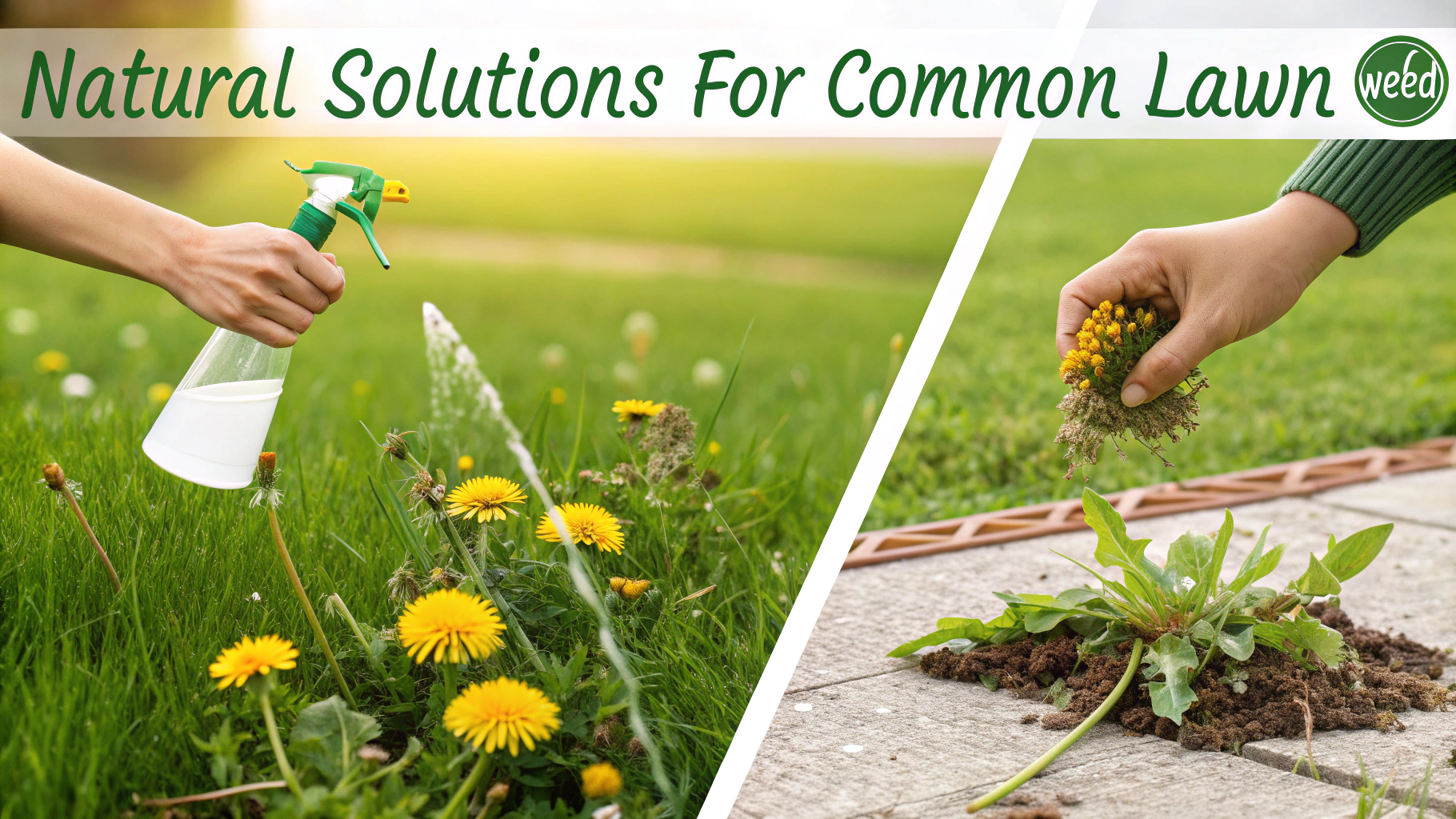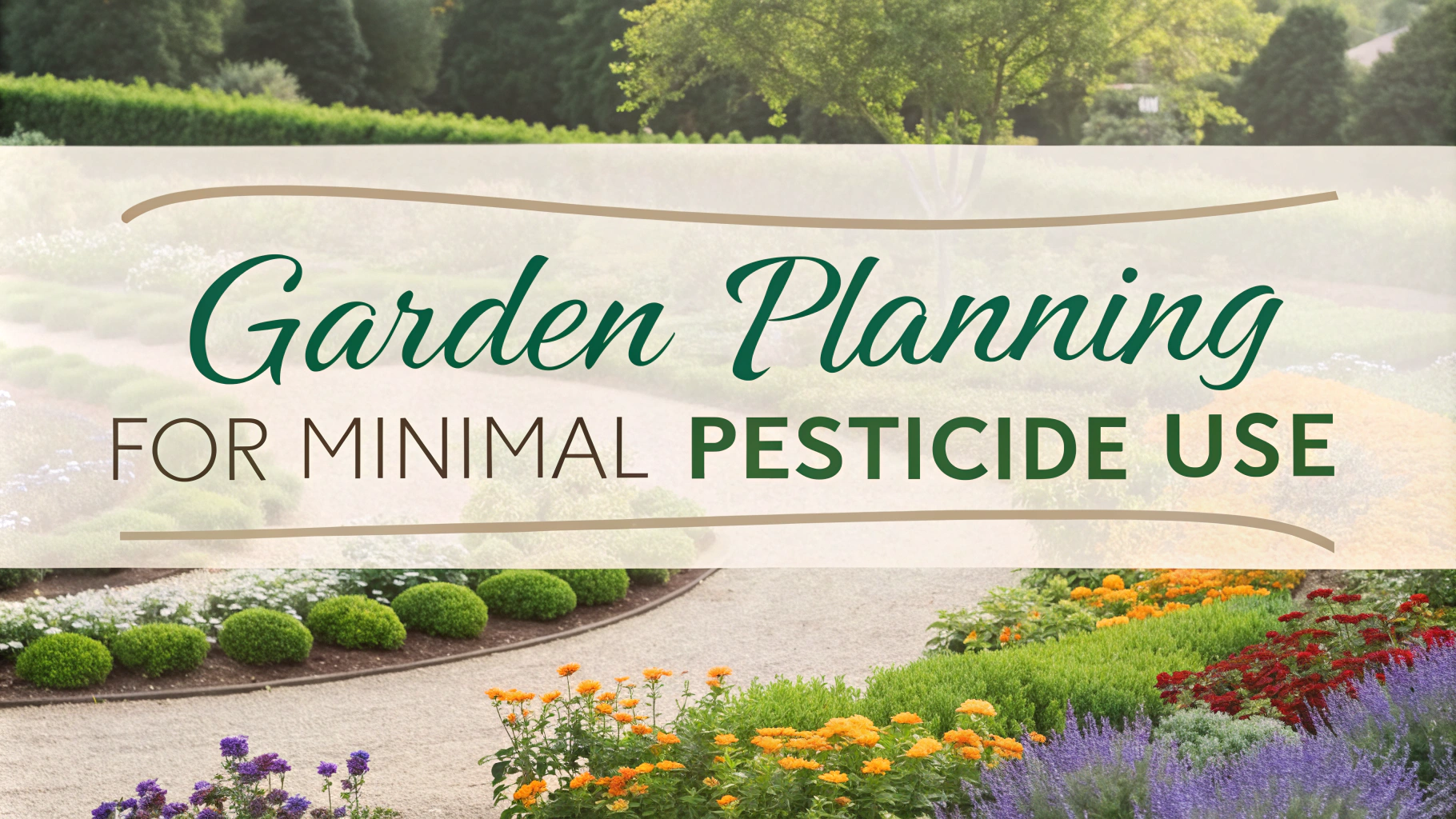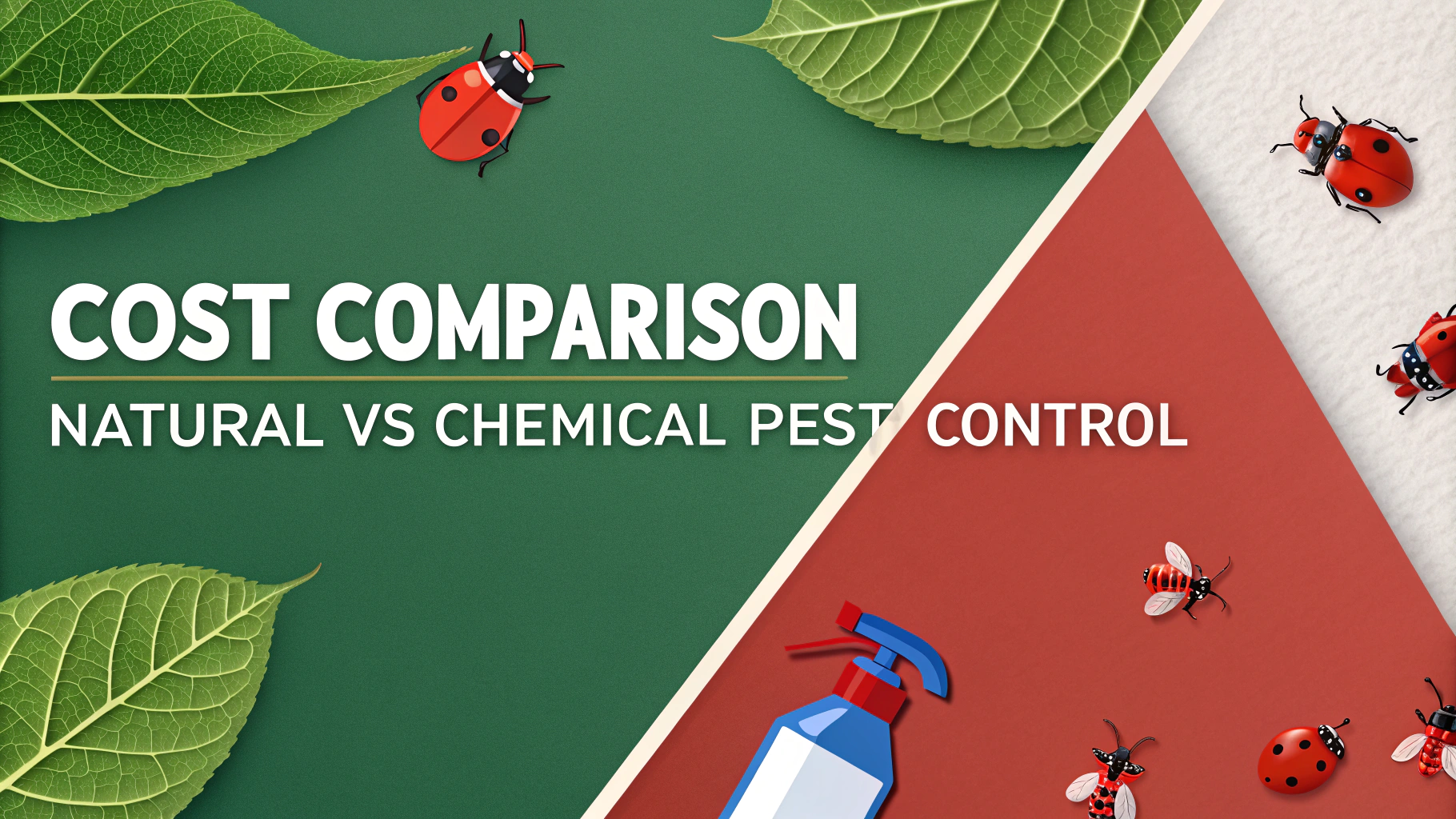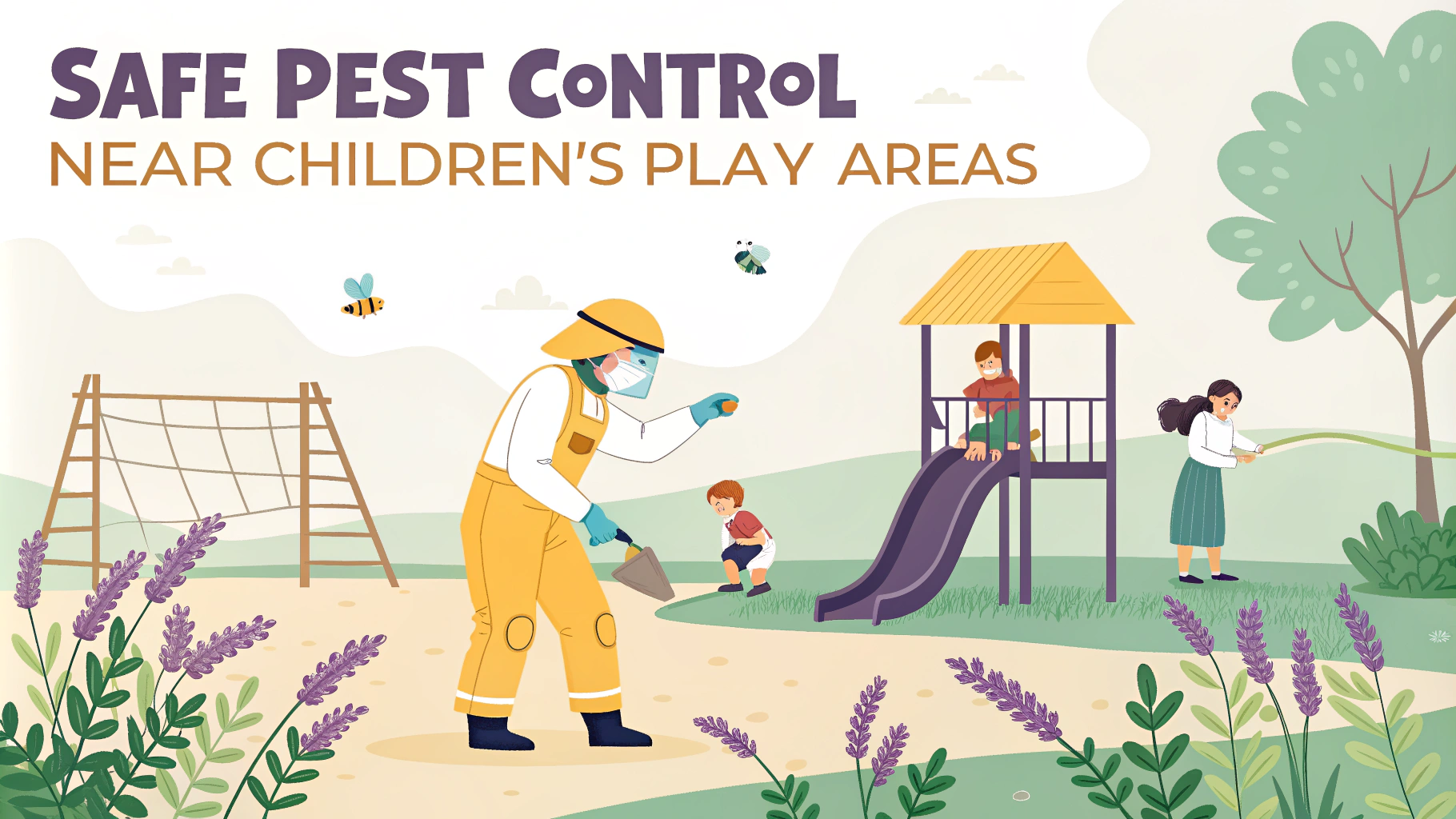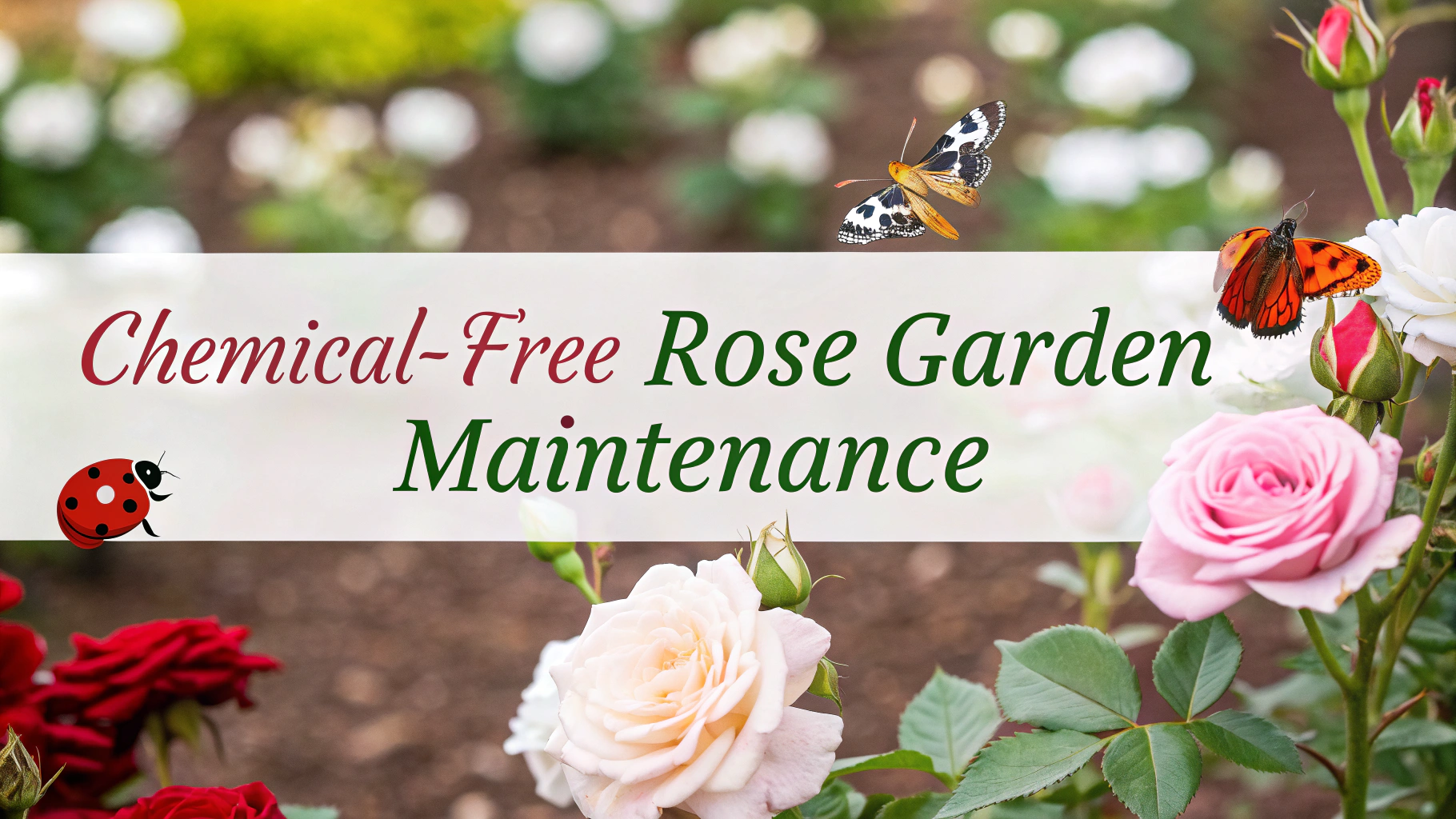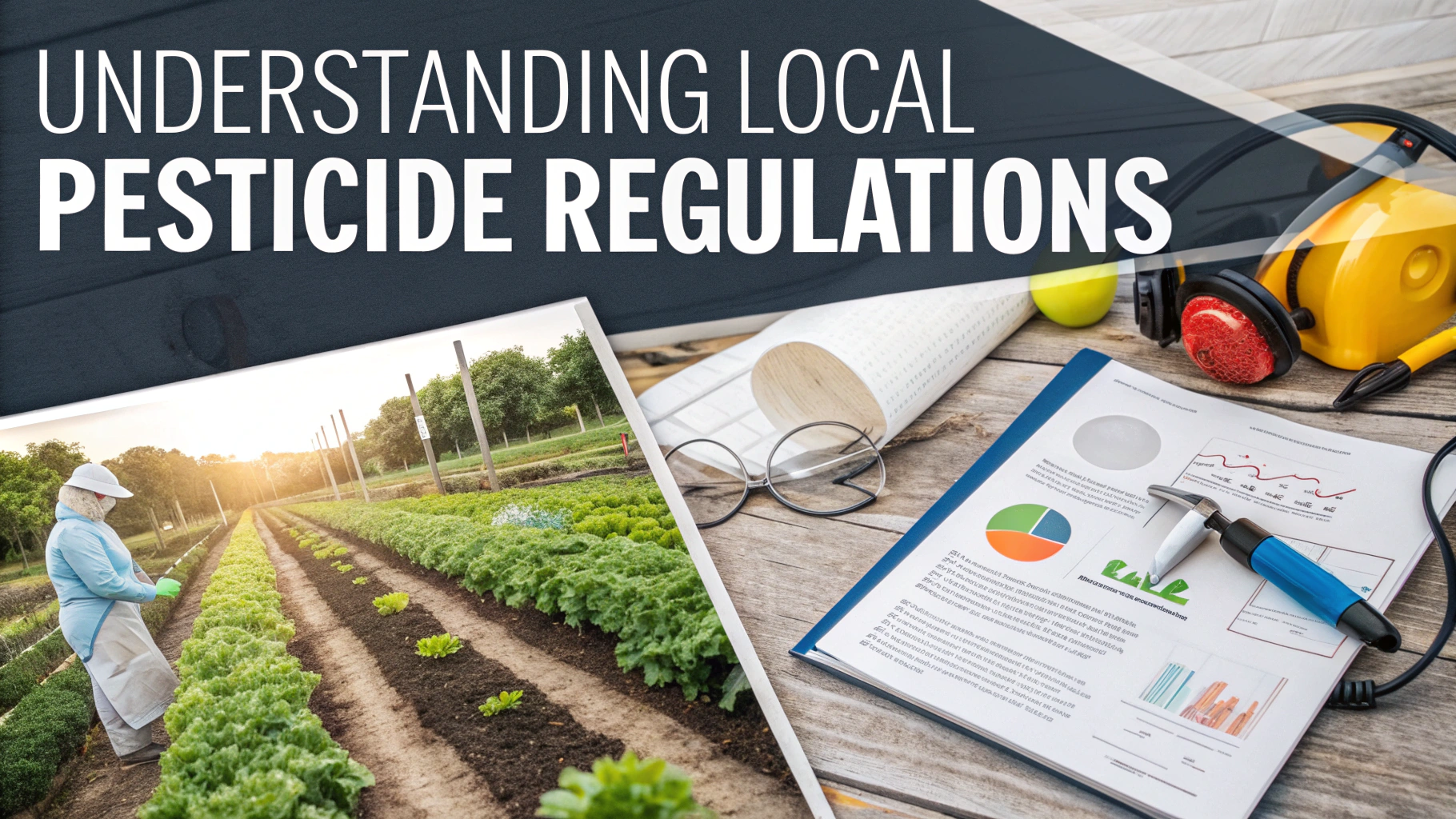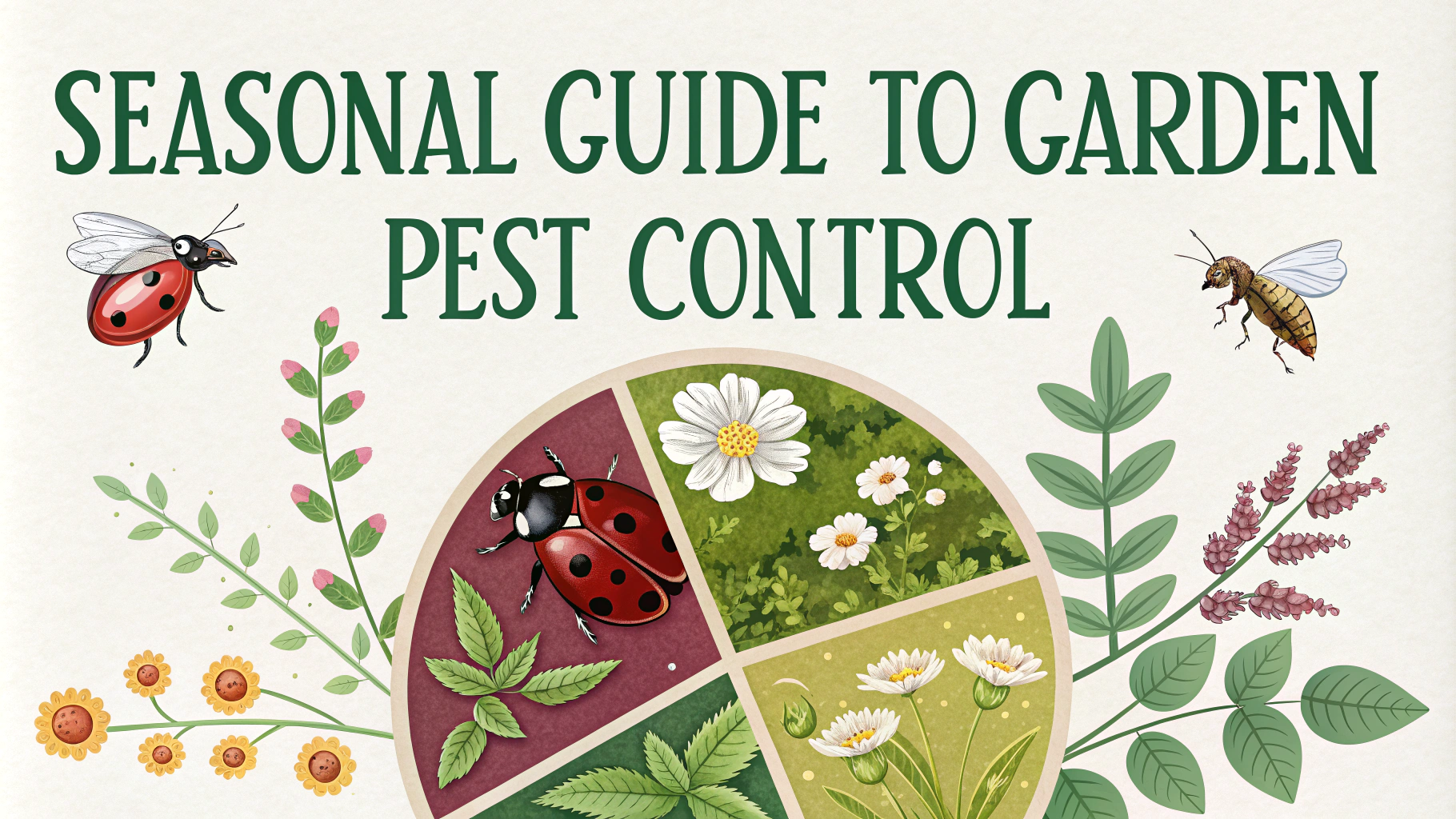A well-planned seasonal approach to pest control helps maintain a pest-free home throughout the year.
Spring (March-May)
- Inspection Tasks:
- Check foundation for cracks and seal them
- Inspect window screens for tears
- Look for water accumulation near foundation
- Examine door sweeps and weather stripping
Summer (June-August)
- Prevention Steps:
- Remove standing water from yard
- Keep grass cut short (3 inches or less)
- Store firewood at least 20 feet from house
- Trim tree branches away from roof
Fall (September-November)
- Preparation Tasks:
- Clean gutters and downspouts
- Seal exterior gaps and holes
- Remove leaf piles near foundation
- Check attic and basement ventilation
Winter (December-February)
- Indoor Focus:
- Inspect indoor plumbing for leaks
- Check food storage areas
- Monitor basement and crawl spaces
- Seal interior cracks and crevices
Year-Round Prevention Tips
- Store food in airtight containers
- Clean kitchen counters daily
- Fix leaky faucets promptly
- Keep trash in sealed containers
Contact a licensed pest control professional for a thorough home inspection if you spot signs of infestation.
| Common Pests | Peak Season | Primary Prevention |
|---|---|---|
| Ants | Spring/Summer | Clean spills immediately |
| Rodents | Fall/Winter | Seal entry points |
| Mosquitoes | Summer | Eliminate standing water |
| Cockroaches | Year-round | Maintain cleanliness |
For emergency pest situations, contact the National Pest Management Association at 1-800-678-6722.
Indoor Prevention Strategies
- Kitchen Management:
- Wipe surfaces after each meal
- Store pet food in sealed containers
- Clean under appliances monthly
- Dispose of garbage regularly
Outdoor Maintenance
- Landscape Care:
- Maintain 18-inch gap between mulch and foundation
- Remove bird feeders during pest-prone seasons
- Keep compost bins away from house
- Regular fence and deck inspection
Natural Pest Control Methods
- Use cedar oil around entry points
- Plant pest-repelling herbs like mint and lavender
- Install bird houses to control insects
- Use diatomaceous earth in problem areas
Conclusion
Effective pest control requires vigilance and regular maintenance throughout the year. By following seasonal guidelines and implementing preventive measures, homeowners can significantly reduce the risk of pest infestations. Remember that early detection and prompt action are key to maintaining a pest-free environment.
When in doubt, always consult with pest control professionals who can provide targeted solutions for specific pest problems in your area.
FAQs
- What are the most effective natural alternatives to chemical pesticides for home pest prevention?
Diatomaceous earth, neem oil, vinegar solutions, essential oils (peppermint, citrus, eucalyptus), and cedar oil are proven natural alternatives. These work by deterring pests or disrupting their life cycles without harmful chemicals. - How often should I inspect my home for potential pest entry points?
Conduct thorough inspections quarterly, with additional checks after severe weather events. Focus on foundation cracks, utility entry points, roof lines, and window/door seals. - Which seasons require the most vigilant pest prevention measures?
Spring and fall require the most attention. Spring brings emerging insects and nesting pests, while fall sees rodents and insects seeking indoor shelter from cooling temperatures. - What are the key areas to seal during pre-winter pest prevention?
Focus on sealing foundation cracks, utility penetrations, roof vents, chimney caps, door sweeps, and window screens. Pay special attention to gaps larger than ¼ inch, which can allow mice entry. - How can I prevent pest infestations in my garden without harming beneficial insects?
Implement companion planting, maintain healthy soil, use row covers, introduce beneficial insects, practice crop rotation, and remove debris regularly. Use targeted organic pesticides only when necessary. - What are the most common mistakes in DIY pest prevention?
Over-applying pesticides, neglecting moisture control, improper food storage, leaving entry points unsealed, and waiting too long to address early signs of infestation are common errors. - How does proper landscaping contribute to pest prevention?
Maintaining a 2-foot gravel barrier around foundations, keeping plants trimmed away from buildings, eliminating standing water, and proper mulch management significantly reduce pest problems. - What are the essential tools needed for year-round pest prevention?
Caulk/sealant, steel wool, door sweeps, weather stripping, screening materials, inspection tools (flashlight, mirror), and appropriate protective gear are fundamental tools. - How can I pest-proof my food storage areas effectively?
Use airtight containers, implement regular cleaning schedules, maintain proper ventilation, install door sweeps, and use bay leaves or other natural deterrents in pantry areas. - What moisture control measures are crucial for pest prevention?
Fix leaking pipes promptly, ensure proper drainage around foundations, maintain gutters, use dehumidifiers in basements, and ensure proper ventilation in crawl spaces and attics.
